一、Prometheus 各组件的功能
Prometheus Server: Prometheus Server 是整个 Prometheus 系统的核心组件,负责收集和存储指标数据,并提供查询和警报功能。Prometheus Server 可以通过多种方式获取指标数据,例如 HTTP、PushGateway、Exporter 等,并将数据存储在本地的时间序列数据库中。
Exporters: Exporters 是用于收集各种数据源指标的插件。它们是独立的应用程序,可以定期轮询外部系统并将数据转换为 Prometheus 格式。Prometheus Server 可以通过 HTTP 或其他协议从 Exporters 中获取数据,并将其存储在本地的时间序列数据库中。
PushGateway: PushGateway 允许应用程序将指标数据推送到 Prometheus Server。这对于短期任务或批处理作业非常有用,因为它们可能不会一直运行,因此无法像 Exporters 那样持续提供指标数据。
Alertmanager: Alertmanager 负责处理警报规则并发送警报通知。Prometheus Server 定期评估警报规则,并在满足条件时向 Alertmanager 发送警报通知。Alertmanager 可以根据不同的警报级别和接收者组织警报通知。
Grafana: Grafana 是一个流行的开源监控和分析平台,它可以与 Prometheus 集成以可视化和分析指标数据。Grafana 提供了强大的图表和面板,可帮助用户更好地理解和分析监控数据。
webhook 一般是是自己编写的用于对接邮件,钉钉,飞书,电话等告警的一个程序。
二、基于 Docker 部署 Prometheus Server
Prometheus 可以通过不同的方式安装部署 prometheus 监控环境,但是实际生产环境只需要根据实际需求选择其中一种方式部署即可,而且无论是使用哪一种方式安装部署的 prometheusserver,以后的使用都是一样的:
#使用 apt 或者 yum 安装
~# apt install prometheus
#基于官方提供的二进制文件安装
https://prometheus.io/download
#基于 docker 镜像直接启动或通过 docker-compose 编排
https://prometheus.io/docs/prometheus/latest/installation
#基于 operator 部署在 kubernetes 环境部署
https://github.com/prometheus-operator/kube-prometheus
docker run -d --name prometheus --network=host \-v /app/prome_config:/etc/prometheus \-v /data/prometheus:/data \-v /etc/hosts:/etc/hosts \-v /etc/localtime:/etc/localtime \--restart=always docker.io/prom/prometheus:v2.24.0 \--config.file=/etc/prometheus/prometheus.yml \--storage.tsdb.retention.time=30d \--storage.tsdb.path=/data --web.read-timeout=2m \--query.timeout=2m \--web.enable-lifecycle \--web.enable-admin-api \--web.listen-address=0.0.0.0:9090
#### docker exec 进入容器或者看本地挂载目录,可以看到配置文件默认会采集localhost:9090 需要增加exporter的地址和端口/prometheus $ cd /etc/prometheus//etc/prometheus $ lsconsole_libraries consoles prometheus.yml/etc/prometheus $ cat prometheus.yml # my global configglobal: scrape_interval: 15s # Set the scrape interval to every 15 seconds. Default is every 1 minute. evaluation_interval: 15s # Evaluate rules every 15 seconds. The default is every 1 minute. # scrape_timeout is set to the global default (10s).
# Alertmanager configurationalerting: alertmanagers: - static_configs: - targets: # - alertmanager:9093
# Load rules once and periodically evaluate them according to the global 'evaluation_interval'.rule_files: # - "first_rules.yml" # - "second_rules.yml"
# A scrape configuration containing exactly one endpoint to scrape:# Here it's Prometheus itself.scrape_configs: # The job name is added as a label `job=<job_name>` to any timeseries scraped from this config. - job_name: 'prometheus'
# metrics_path defaults to '/metrics' # scheme defaults to 'http'.
static_configs: - targets: ['localhost:9090']/etc/prometheus $
复制代码
prometheus 配置文件主要参数::
--config.file="prometheus.yml" #指定配置文件
--web.listen-address="0.0.0.0:9090" #指定监听地址
--storage.tsdb.path="data/" #指定数存储目录
--storage.tsdb.retention.size=B, KB, MB, GB, TB, PB, EB #指定 block 大小,默认 512MB
--storage.tsdb.retention.time= #数据保存时长,默认 15 天
--query.timeout=2m #最大查询超时时间
-query.max-concurrency=20 #最大查询并发数
--web.read-timeout=5m #最大空闲超时时间
--web.max-connections=512 #最大并发连接数
--web.enable-lifecycle #启用 API 动态加载配置功能
三、基于 Docker 部署 node-exporter,并通过 Prometheus 收集 node-exporter 指标数据
docker run -d --name node_exporter \--restart=always --net="host" --pid="host" \-v "/proc:/host/proc:ro" \-v /etc/localtime:/etc/localtime \-v "/sys:/host/sys:ro" \-v"/:/rootfs:ro" \prom/node-exporter \--path.procfs=/host/proc \--path.rootfs=/rootfs \--path.sysfs=/host/sys \--collector.filesystem.ignored-mount-points='^/(sys|proc|dev|host|etc)($$|/)'
复制代码
四、安装 Grafana 并添加 Prometheus 数据源,导入模板可以图形显示指标数据
docker run --name=grafana \--network=host \-v /etc/localtime:/etc/localtime \-v /data/grafana:/var/lib/grafana \-p 3000:3000 \-d grafana/grafana:6.7.4
复制代码
默认用户名和密码是 admin/admin
配置数据源
显示这样就表示添加成功了
可以到这个网址寻找需要的模板https://grafana.com/grafana/dashboards
复制 id 到 prometheus 里推荐:10242
五、Prometheus 的 PromQL 语句的简单使用
例如:node_load1{instance="192.168.131.134:9100"}
基于标签对指标数据进行匹配:
= :选择与提供的字符串完全相同的标签,精确匹配。
!= :选择与提供的字符串不相同的标签,去反。
=~ :选择正则表达式与提供的字符串(或子字符串)相匹配的标签。
!~ :选择正则表达式与提供的字符串(或子字符串)不匹配的标签。
#查询格式<metric name>{<label name>=<label value>, ...}
node_load1{instance="192.168.131.134:9100"}
node_load1{job="prometheus"}
node_load1{job="prometheus",instance="192.168.131.134:9100"} #精确匹配
node_load1{job="prometheus",instance!="192.168.131.134:9100"} #取反
node_load1{instance=~"192.168.131.13.*:9100$"} #包含正则且匹配
node_load1{instance!~"192.168.131.134:9100"} #包含正则且取反
对指标数据进行时间范围指定:
s - 秒
m - 分钟
h - 小时
d - 天
w - 周
y - 年
#瞬时向量表达式,选择当前最新的数据
node_memory_MemTotal_bytes{}
#区间向量表达式,选择以当前时间为基准,查询所有节点node_memory_MemTotal_bytes指标5分钟内的数据
node_memory_MemTotal_bytes{}[5m]
#区间向量表达式,选择以当前时间为基准,查询指定节点node_memory_MemTotal_bytes指标5分钟内的数据
node_memory_MemTotal_bytes{instance="172.31.1.181:9100"}[5m]
对指标数据进行数学运算:
+ 加法
- 减法
* 乘法
/ 除法
% 模
^ 幂(N次方)
node_memory_MemFree_bytes/1024/1024 #将内存进行单位从字节转行为兆
node_disk_read_bytes_total{device="sda"} + node_disk_written_bytes_total{device="sda"} #计算磁盘读写数据量
(node_disk_read_bytes_total{device="sda"} + node_disk_written_bytes_total{device="sda"}) / 1024 / 1024 #单位转换
对指标数据进行进行聚合运算:
max() #最大值
min() #最小值
avg() #平均值
计算每个节点的最大的流量值:
max(node_network_receive_bytes_total) by (instance)
计算每个节点最近五分钟每个device的最大流量
max(rate(node_network_receive_bytes_total[5m])) by (device)
sum() #求数据值相加的和(总数)
sum(prometheus_http_requests_total)
{} 2495 #最近总共请求数为2495次,用于计算返回值的总数(如http请求次数)
count() #统计返回值的条数
count(node_os_version)
{} 2 #一共两条返回的数据,可以用于统计节点数、pod数量等
count_values() #对value的个数(行数)进行计数,并将value赋值给自定义标签,从而成为新的label
count_values("node_version",node_os_version) #统计不同的系统版本节点有多少
{node_version="20.04"} 2
abs() #返回指标数据的值
abs(sum(prometheus_http_requests_total{handler="/metrics"}))
absent() #如果监指标有数据就返回空,如果监控项没有数据就返回1,可用于对监控项设置告警通知(如果返回值等于1就触发告警通知)
absent(sum(prometheus_http_requests_total{handler="/metrics"}))
stddev() #标准差
stddev(prometheus_http_requests_total) #5+5=10,1+9=10,1+9这一组的数据差异就大,在系统是数据波动较大,不稳定
stdvar() #求方差
stdvar(prometheus_http_requests_total)
topk() #样本值排名最大的N个数据
#取从大到小的前6个
topk(6, prometheus_http_requests_total)
bottomk() #样本值排名最小的N个数据
#取从小到大的前6个
bottomk(6, prometheus_http_requests_total)
rate() #rate函数是专门搭配counter数据类型使用函数,rate会取指定时间范围内所有数据点,算出一组速率,然后取平均值作为结果,适合用于计算数据相对平稳的数据。
rate(prometheus_http_requests_total[5m])
rate(apiserver_request_total{code=~"^(?:2..)$"}[5m])
rate(node_network_receive_bytes_total[5m])
irate() #函数也是专门搭配counter数据类型使用函数,irate取的是在指定时间范围内的最近两个数据点来算速率,适合计算数据变化比较大的数据,显示的数据相对比较准确,所以官网文档说:irate适合快速变化的计数器(counter),而rate适合缓慢变化的计数器(counter)。
irate(prometheus_http_requests_total[5m])
irate(node_network_receive_bytes_total[5m])
irate(apiserver_request_total{code=~"^(?:2..)$"}[5m])
#by,在计算结果中,只保留by指定的标签的值,并移除其它所有的
sum(rate(node_network_receive_packets_total{instance=~".*"}[10m])) by (instance)
sum(rate(node_memory_MemFree_bytes[5m])) by (increase)
#without,从计算结果中移除列举的instance,job标签,保留其它标签
sum(prometheus_http_requests_total) without (instance,job)
复制代码
六、部署 Prometheus 联邦集群并实现指标数据收集
在另一台机器同样部署 prometheus 和 node_exporter 注意配置文件内的地址尽量写 ip 不要写 localhost,在第一台 prometheus 服务器增加采集另一台 prometheus 服务器的指标信息,这样就组成了 prometheus 的联邦集群。
- job_name: 'prometheus-federate' scrape_interval: 10s honor_labels: true metrics_path: '/federate' params: 'match[]': - '{job="prometheus"}' - '{__name__=~"job:.*"}' - '{__name__=~"node.*"}' static_configs: - targets: - '192.168.131.139:9090'
复制代码
这样就能在第一台 prometheus 上查到第二台 prometheus 的数据了,实现了把多套 prometheus 数据的集中采集展示管理。
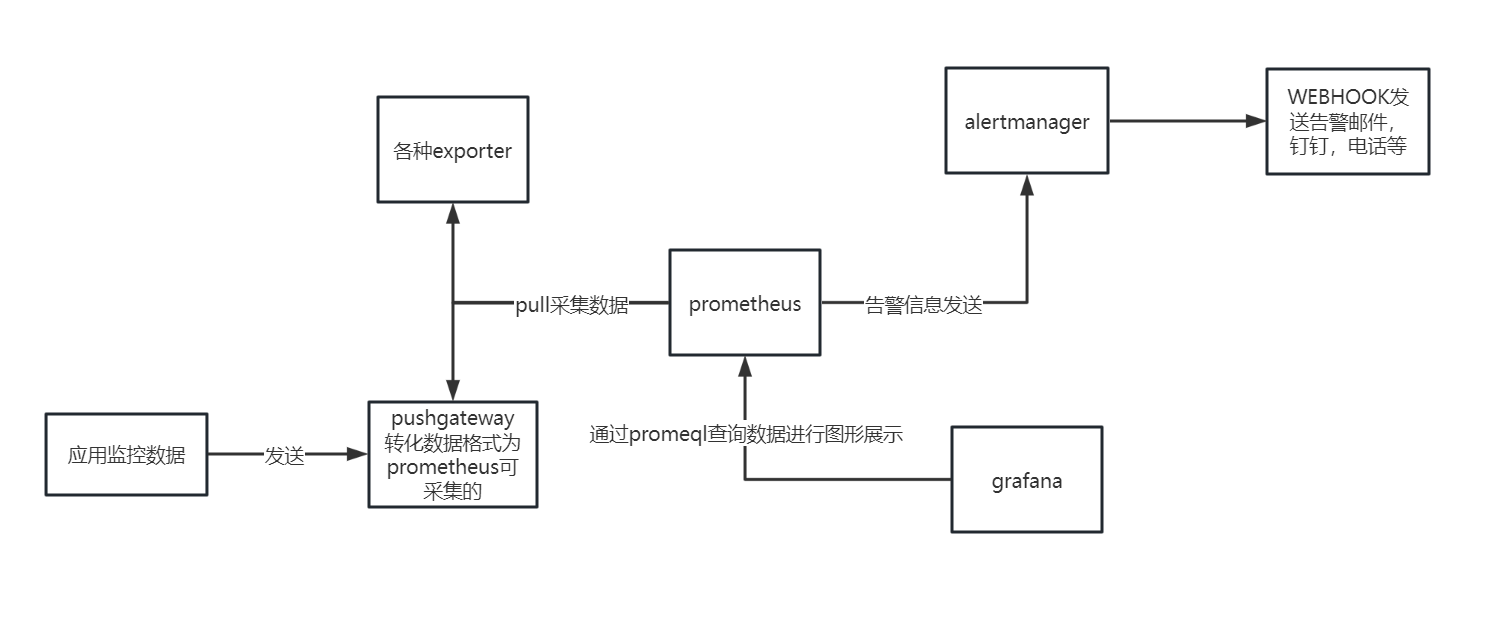


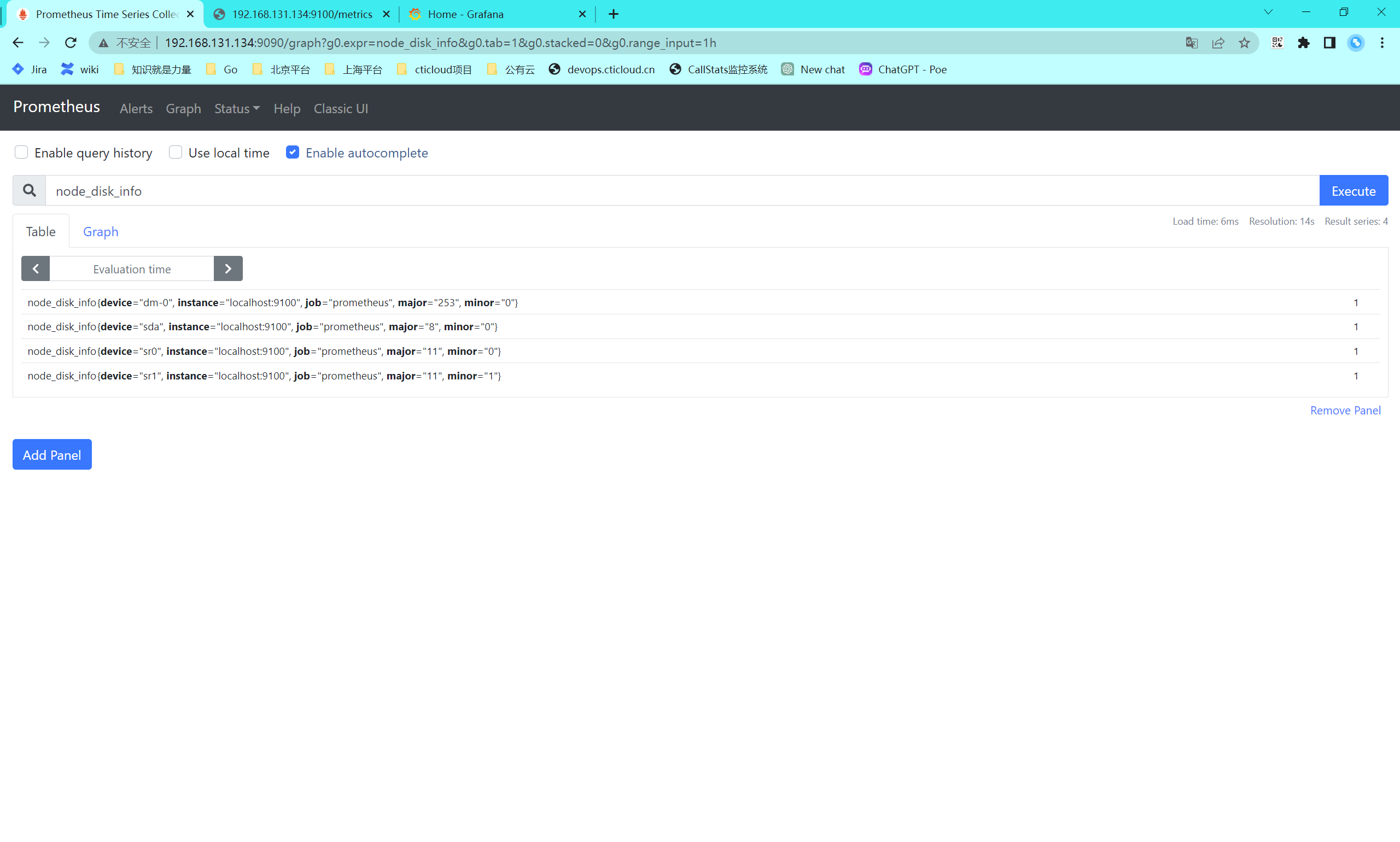

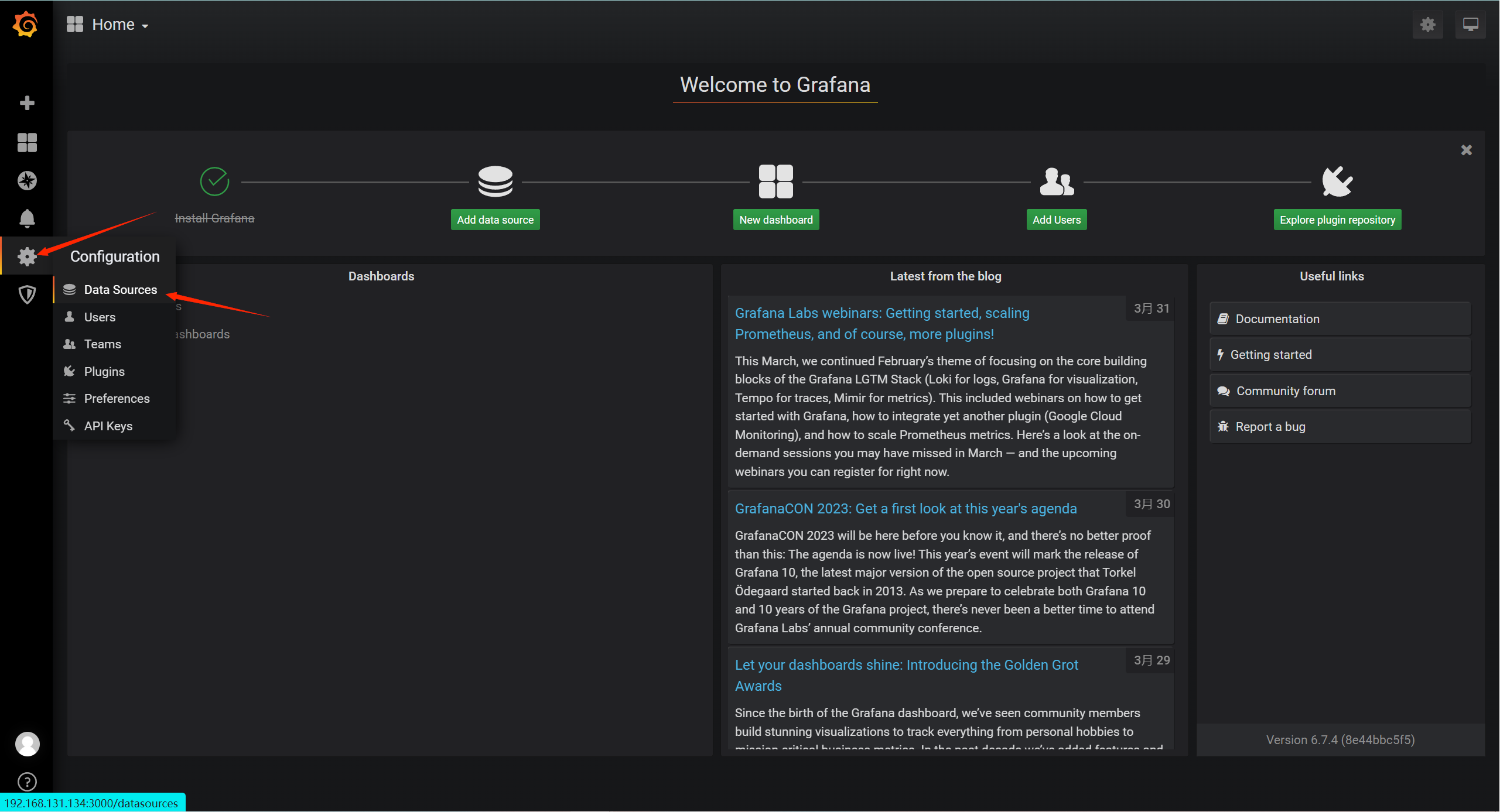
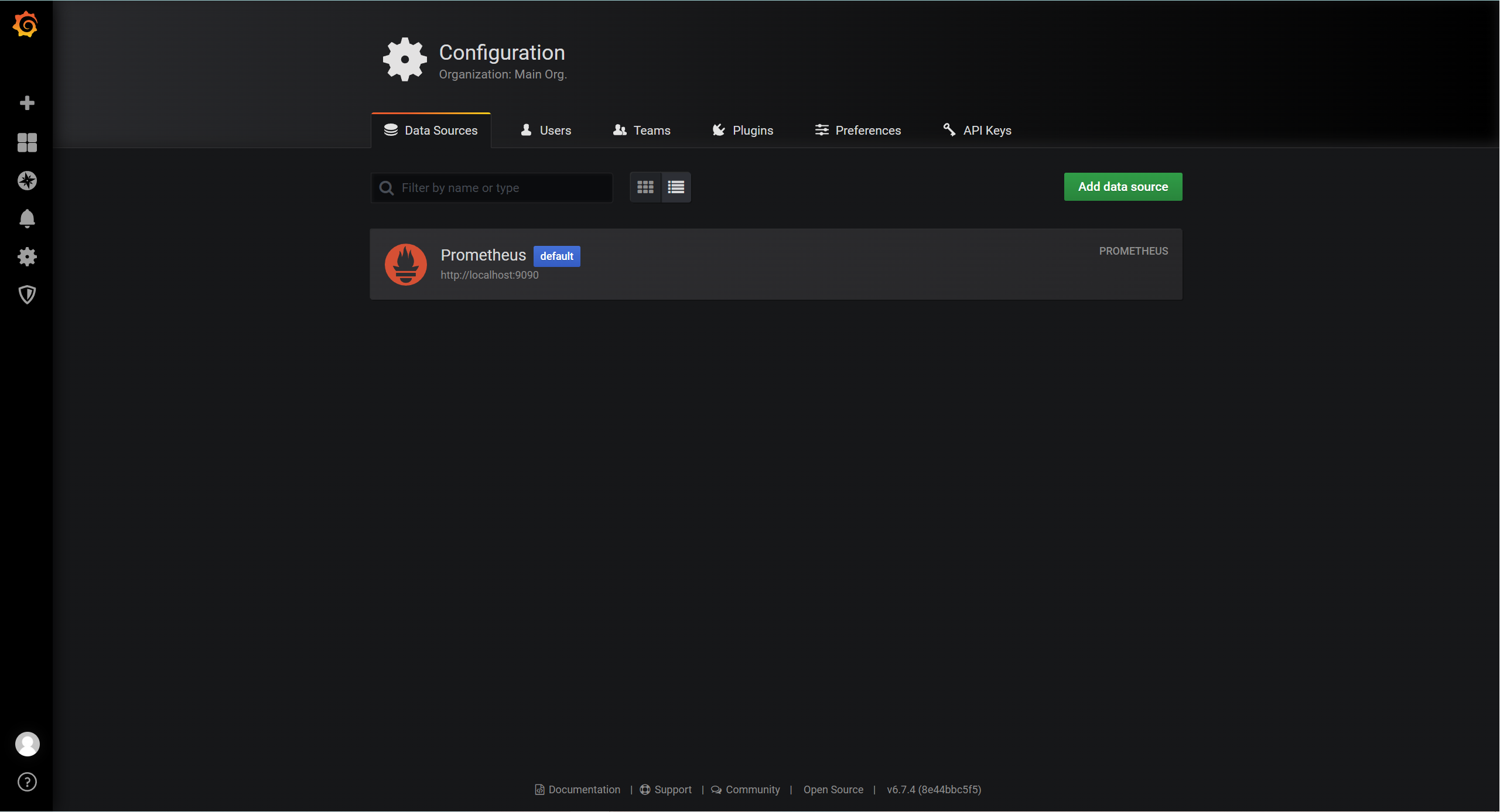
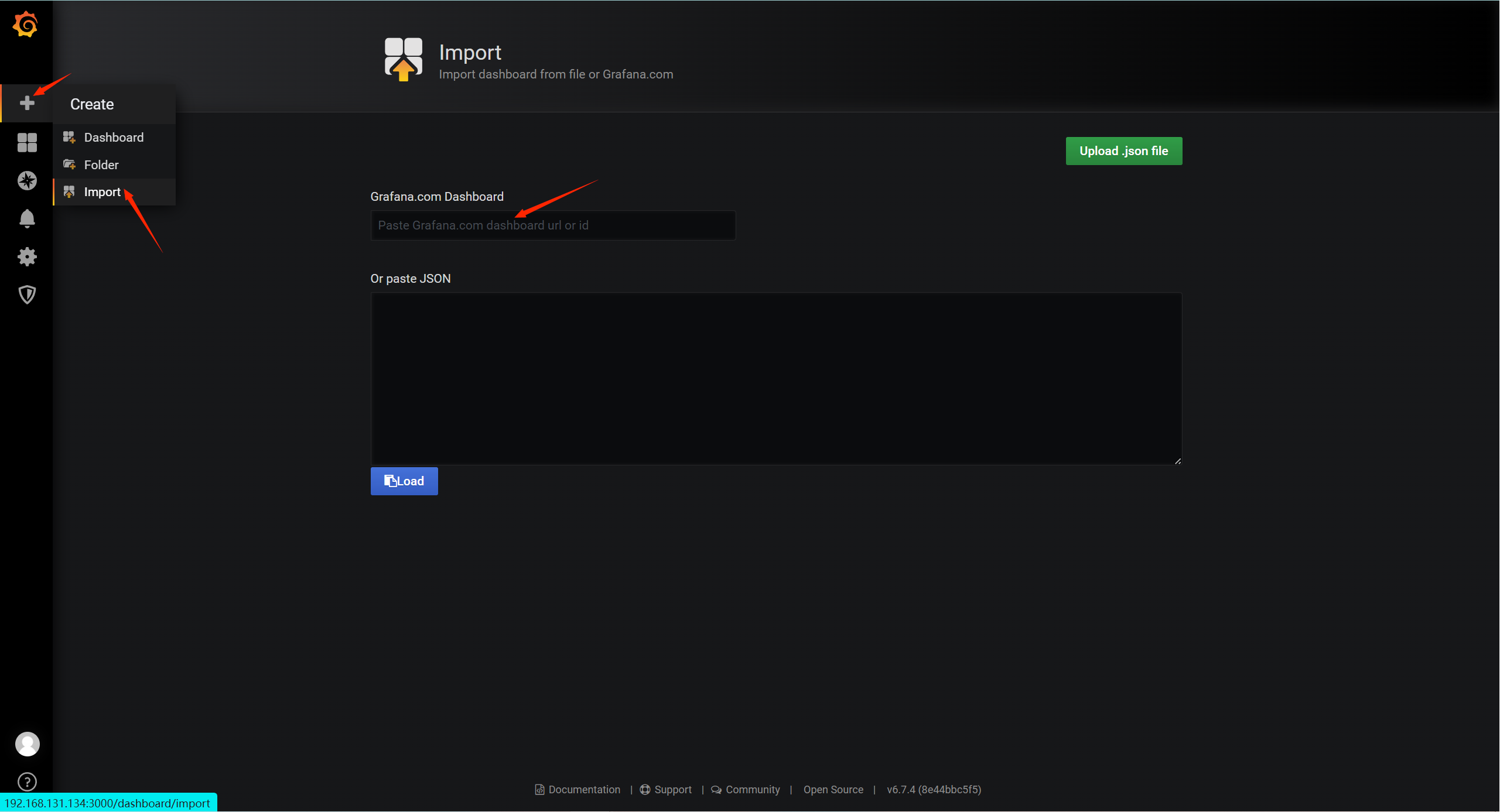
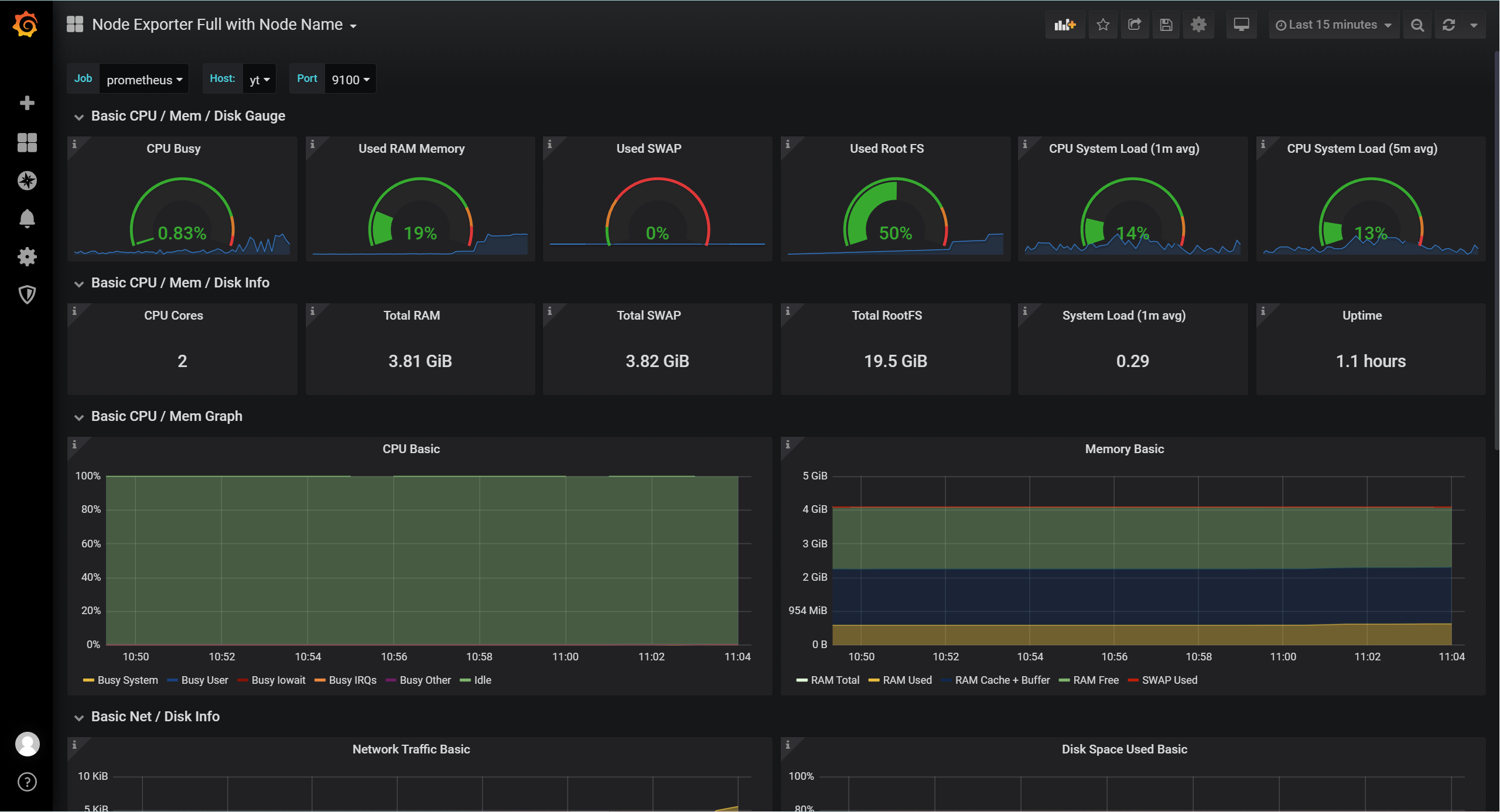
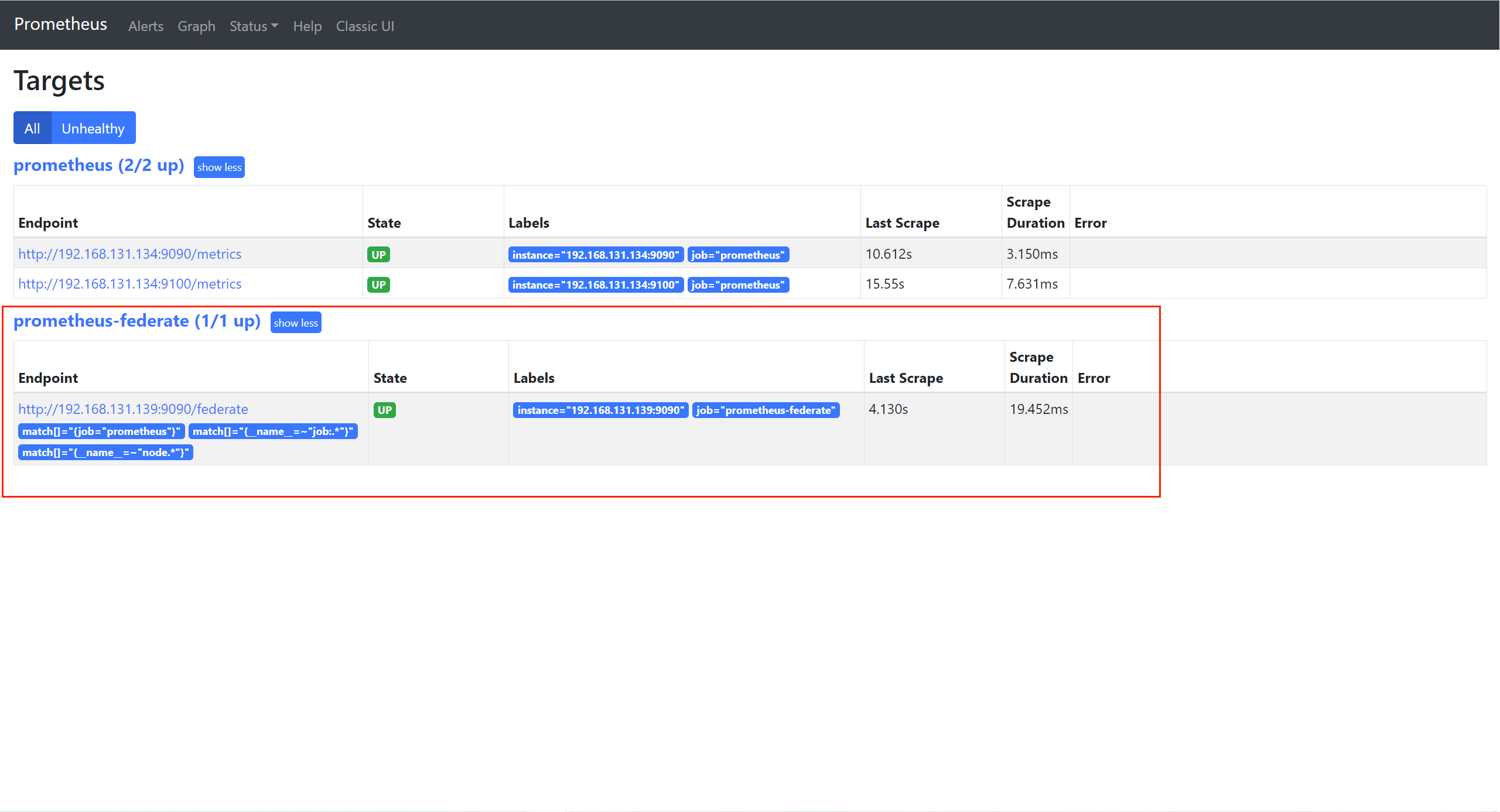











评论